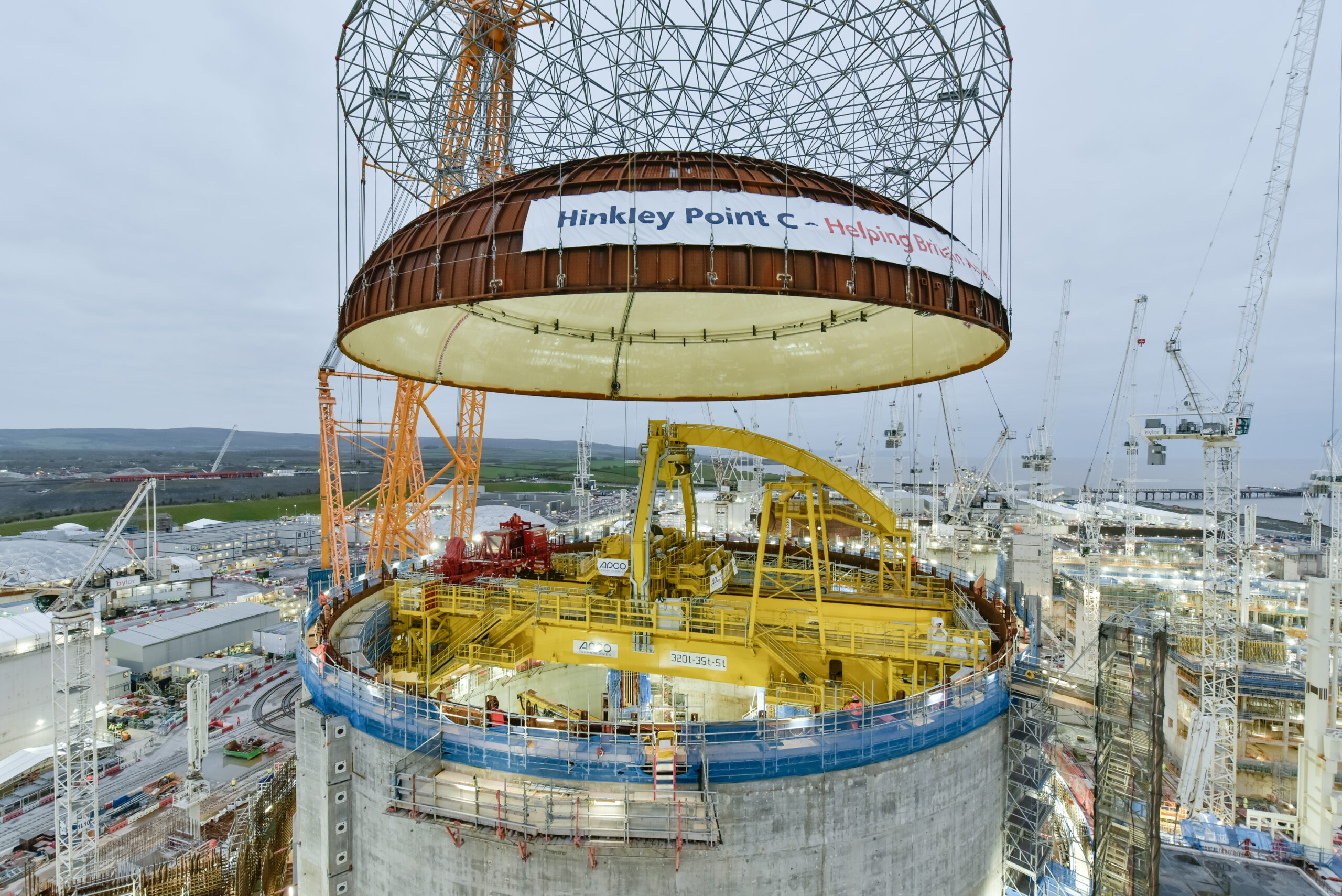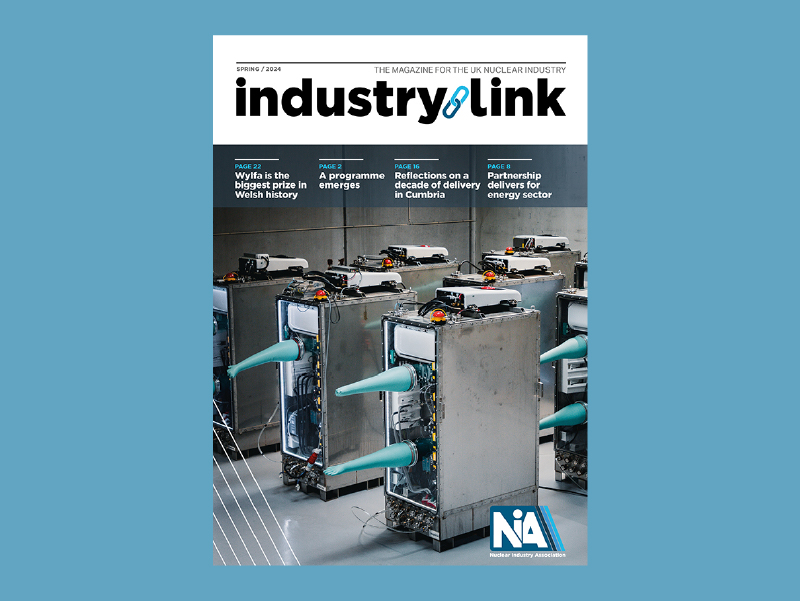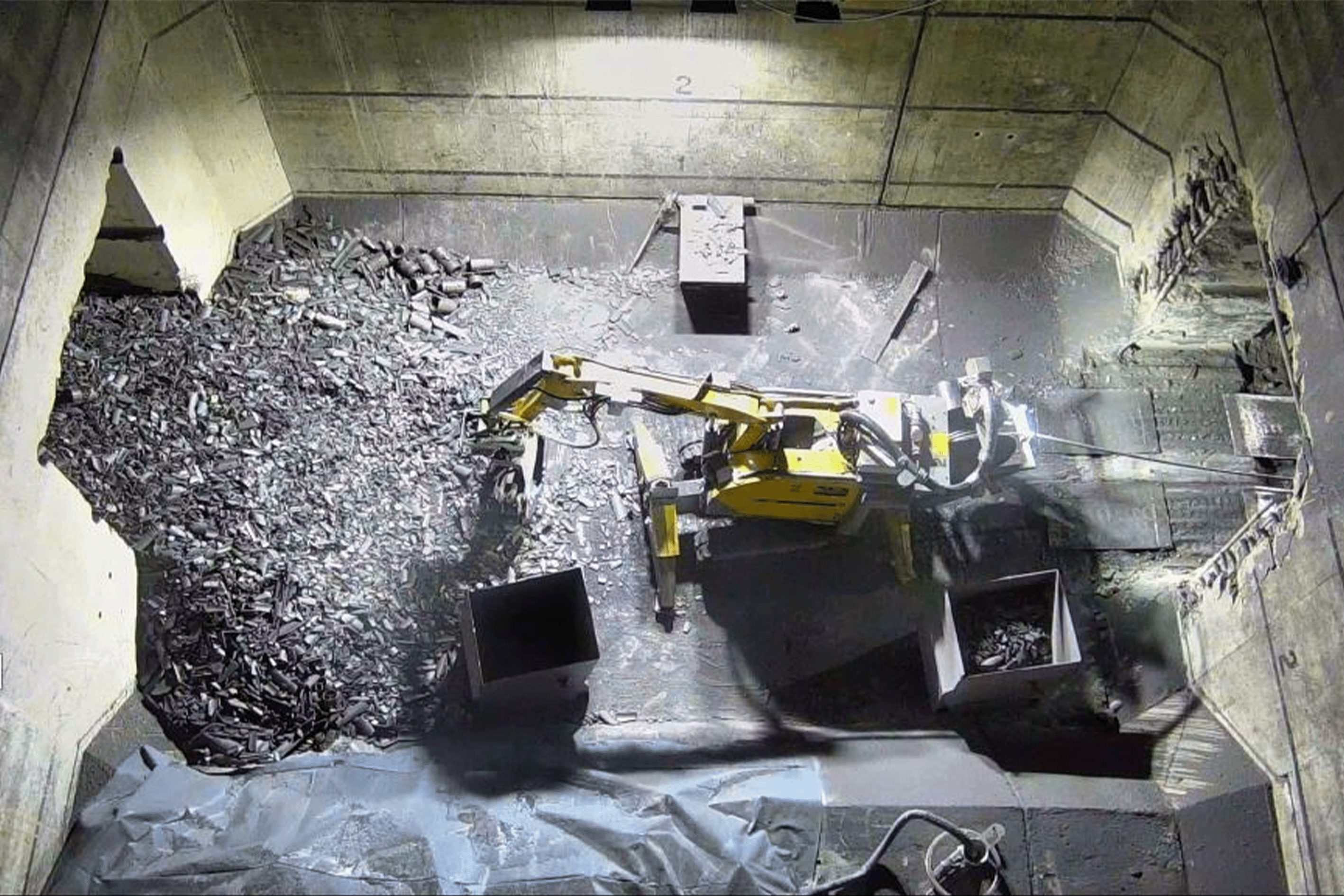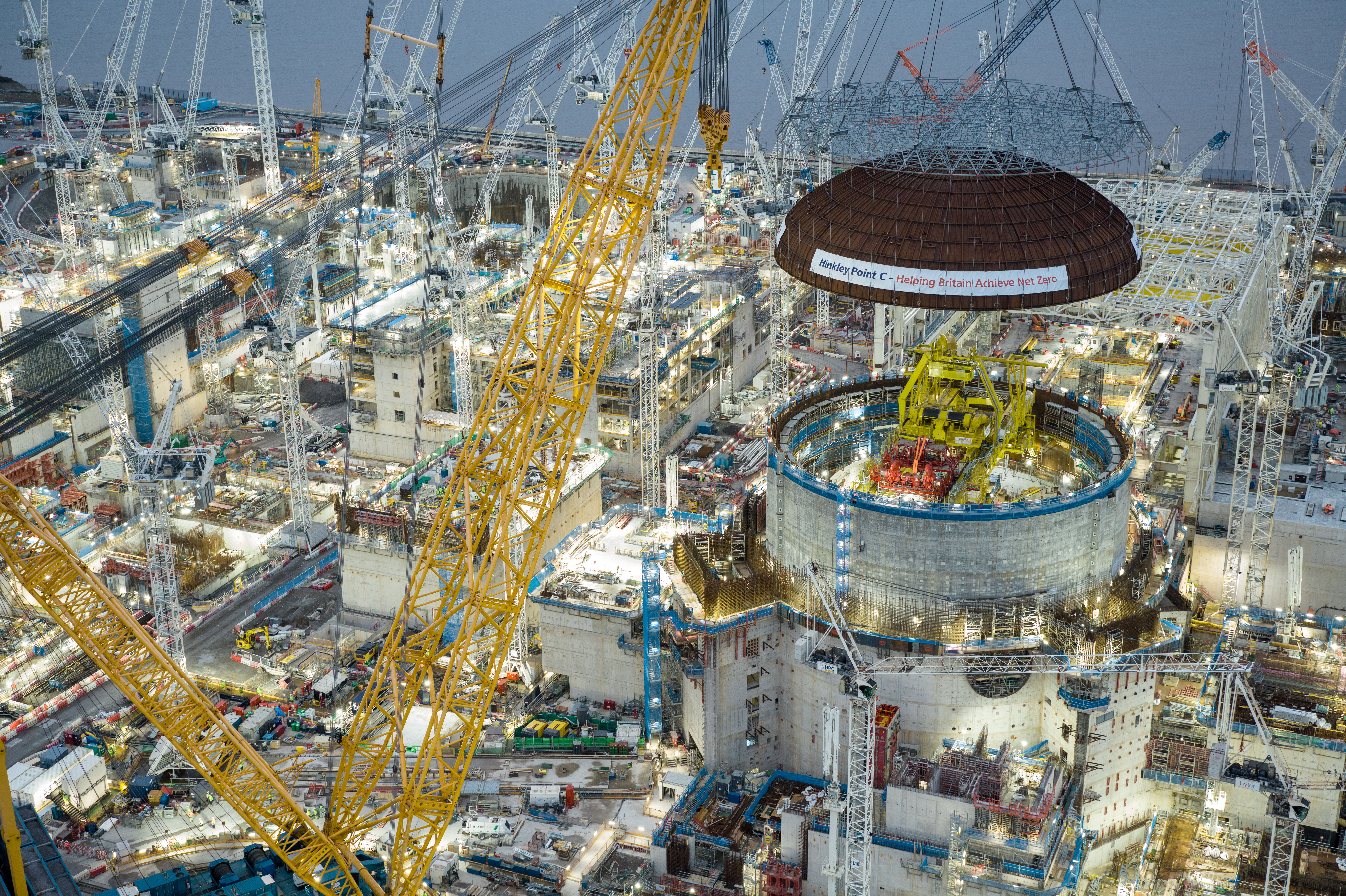The Nuclear Industry Association (NIA) welcomes the chance to respond to the Department for Business, Energy & Industrial Strategy’s Towards Fusion Energy: The UK Government’s proposals for a regulatory framework for fusion energy inquiry.
The NIA is the trade association and representative body for the civil nuclear industry in the UK. We represent more than 200 companies operating across all aspects of the nuclear fuel cycle. This includes the current and prospective operators of nuclear power stations, the international designers, and vendors of nuclear power stations, and those engaged in decommissioning, waste management and nuclear liabilities management.
Some of our members may choose to make their own detailed submissions so therefore this response is a high-level overview of the nuclear sector’s thoughts on this matter.
Do you agree with the proposal to maintain the existing regulatory approach?
Do you think that fusion power plants should be considered to be nuclear installations under the terms of the Nuclear Installations Act 1965 and so be brought within the remit of the nuclear licensing framework led by ONR, either at this stage or in the foreseeable future?
How do you think regulators can best build technical capability around emerging technologies such as fusion?
The NIA does not hold a strong opinion on who becomes the regulator of nuclear fusion technologies. However, in making this decision, there are several factors we feel the Government should consider.
The ONR will already have scaled significantly by the time that fusion reactors are a reality, with mass deployment of SMRs and SMRs throughout the 2030s as stated in Government ambitions of the nuclear industry. By the time nuclear fusion requires operational regulation, it could be that it is a natural addition to the ONR’s responsibilities.
While there are obvious differences between fission and fusion technologies, the similarities cannot be ignored. The ONR is a world-leader in nuclear regulation and to not use their expertise and talent could be time-consuming and costly. Adapting the role of the ONR must be weighed up against creating a new body, or expanding the roles of existing bodies such as the EA and HSE.
What are your views on the Government’s proposals in relation to the regulatory justification of fusion?
The NIA notes some concern about the Government’s plans for fusion regulatory justification. While the current process for building a new nuclear reactor is strict, we do believe that it is right for each reactor type to go through justification.
Not only would justifying fusion technologies more broadly lead to potential legal problems for industry and more worryingly, the Government, relaxing the process so significantly may undermine the current regulatory justification process for fission reactors. This may cause issues for developers in building these reactors, which is not in alignment with current Government policy.
As the Government well knows, the role of Justifying Authority (JA) for new nuclear projects was recently moved from BEIS to EA due to a conflict of interest. If the EA is to remain the JA for fusion technologies, we would question whether they should be acting as the regulator. The Government needs to look closely whether this would be another conflict of interest. This would not be an issue if ONR was the regulator.
Do you agree that a legislative approach is appropriate for clarifying that a nuclear site licence would not be needed for fusion power plants?
The NIA agrees that requiring a nuclear site license could be limiting for fusion technologies, especially given the scale of nuclear fission reactor construction expected before the former comes online. We believe the Government already needs to significantly extend the list of licensed nuclear sites without consideration of the placement of fusion reactors.
If the Government believes that fusion power plants should not require a nuclear site licence, then it must assess whether Clause 3 of the Nuclear Installations Act 1965 should be amended.
Given the number of decades that nuclear reactors occupy sites for, the Government needs to seriously consider their ambitions for fusion and fission technologies in parallel, especially if fusion reactors are required to be on a licensed nuclear site.
Do you agree that there should be formal engagement in the design process between fusion developers and regulator(s)?
Yes, as we believe this has worked well with developers as part of the Government’s AMR programme. The process should be considered as a template to build on for fusion technologies. However, this is an evolving process so will need monitoring and updating.
We suggest that fusion developers not only consider regularly communicating with Government on such a matter, but also reach out to AMR developers, particularly if the process is going to be managed by the same Government body.
Do you believe that there should be greater opportunity for the public to engage in the regulatory process for fusion? If yes, what are your suggestions for how this could be achieved?
As with any big infrastructure – nuclear or not – there should be local engagement. Positive interactions and investment in public education of a project within local communities will improve the approval of any new reactor, as seen at Sellafield and Hinkley Point C.
In the consultation, BEIS highlighted a public opinion poll that found that 46% of participants had ‘never heard of’ fusion. The fear of the unknown and a lack of understanding will be the toughest hurdles of new fusion projects, and therefore we recommend that the Government mandates a minimum level of public engagement from developers.
Not educating the public – both locally and nationally – on fusion technologies will be of a detriment to the industry and developers may struggle to deploy at scale if communities are not on their side.
The document notes HSE currently does not need to consult the public on regulatory decisions, which is of concern. The current nuclear industry has found that transparency is key, with higher rates of public acceptance in communities with nuclear projects. This is backed up by annual NIA polling that shows that the more an individual knows about nuclear power, the more likely they are to support it. We believe this general principle will also apply to fusion technologies.
What are your views on how radioactive waste from fusion should be safely and sustainably managed?
The NIA recommends that the responsibility for nuclear fusion waste falls under the NDA. In a similar tact to previous answers on safeguards and regulation, it could be wasteful to create a new authority instead of expanding the role of an existing body.
Do you agree with the Government’s proposals on safeguards for fusion?
Yes, we are happy with the Government view for this to be kept under review and for the ONR to be the competent authority.











